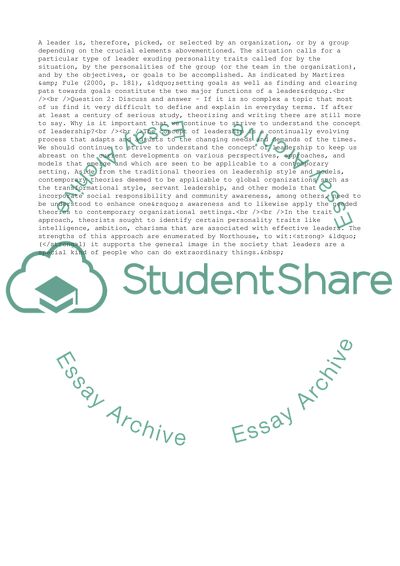Cite this document
(Process and Organizations of Leadership Assignment, n.d.)
Process and Organizations of Leadership Assignment. https://studentshare.org/management/1744874-leadership-process-and-organisations
Process and Organizations of Leadership Assignment. https://studentshare.org/management/1744874-leadership-process-and-organisations
(Process and Organizations of Leadership Assignment)
Process and Organizations of Leadership Assignment. https://studentshare.org/management/1744874-leadership-process-and-organisations.
Process and Organizations of Leadership Assignment. https://studentshare.org/management/1744874-leadership-process-and-organisations.
“Process and Organizations of Leadership Assignment”. https://studentshare.org/management/1744874-leadership-process-and-organisations.


